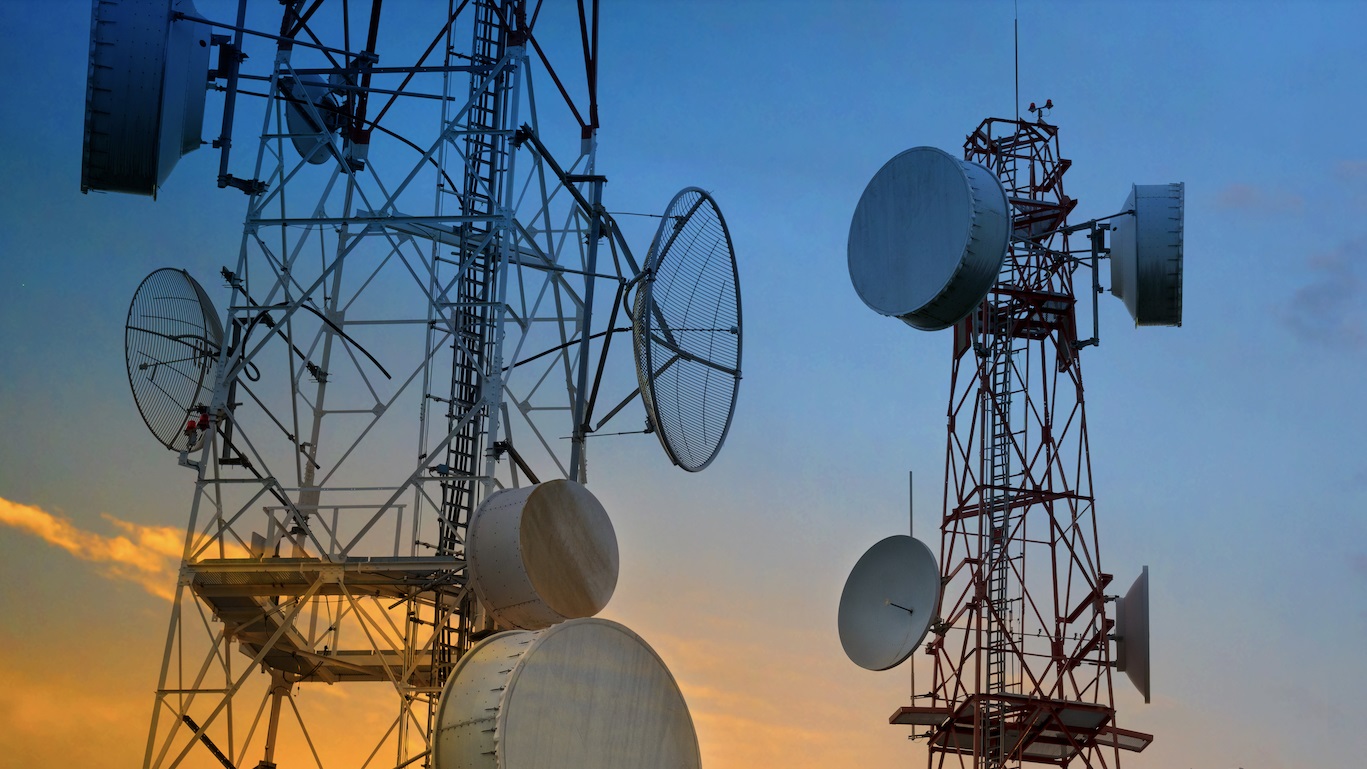Resources > Blog Post > Data-Driven Ops Deserve Better than Legacy Cellular Networks
Data-Driven Ops Deserve Better than Legacy Cellular Networks

In this Blog, Radix IoT Co-Founder Michael Skurla gives his perspective on the challenges of using Cellular networks for business, and the possibilities of Narrowband IoT.
Today, cellular networks drive automation in agriculture, healthcare, traffic systems, and hundreds of other industries. Unlike Wi-Fi, which has limited coverage and known security concerns, cellular networks offer the extensive coverage and reasonably reliable performance needed to remotely monitor and manage geographically distributed locations.
Cellular networks’ ability to support an unlimited number of connected devices using existing technology makes this set-up and infrastructure possible, especially when data-centric tools are deployed that support effective management of all these data points, such as the Radix IoT platform. This allows for a more responsive triage of equipment and systems to drive operational efficiency. What once required a costly site visit, can now be done remotely, saving thousands of man-hours.
While these cellular networks—using 3G, 4G/LTE, or 5G—are the backbone of today’s infrastructure, which seamlessly connects physical devices to the Internet via the same mobile networks we use for our smartphones, there are limitations. True it typically enables robust connectivity (albeit with the same limits as our phones), however, leveraging this infrastructure which has existed in mass since the early 1990s, is simply not sustainable in today’s data-driven, diverse, and challenging usages and applications.
The Challenge of Relying on Cellular for Business Operations
Despite its benefits, cellular IoT is limited by both technical and pricing factors. From a technical perspective, cellular is constrained by cell tower availability. In rural areas with sparse cell tower coverage, enterprises often struggle to maintain the uninterrupted connectivity needed for remote and timely troubleshooting and level 1 triage.
Beyond this, price is also a concern for cellular service for individual, large-scale device connectivity. High data consumption costs associated with cellular IoT can be prohibitive, especially for data-intensive applications such as surveillance via video. Moreover, the power requirements for frequent and heavy data transmissions are substantial, leading to high energy consumption and reduced battery life.
The hardware to implement traditional cellular connectivity is also expensive. There are many radio options for short to medium-range connectivity, such as Lora and LoRaWAN. However, there are concerns about the ability to deal with complex bridges and other fragile technology to reach the cloud, making these impractical for low maintenance/high-volume deployment.
Enter Narrowband IoT: a More Affordable Cellular Answer for Businesses
Narrowband IoT (NB-IoT) is a low-bandwidth data transmission standard that allows IoT devices to operate within existing LTE and GSM networks. As a result, it provides a more efficient and cost-effective means for critical IoT devices to communicate, especially for applications that don’t need high bandwidth such as remote temperature sensing, generator monitoring, battery safety, and similar non-streaming applications.
More importantly, NB-IoT resolves the conflict between individual device/node connectivity and the financial cost of last-mile connectivity. Eliminating this bridging provides the opportunity to greatly simplify deployment, lower hardware and cloud costs, and allow for a more robust solution in the long term. The NB-IoT stack also allows for greater error tolerance – hence, resilience – as it focuses on reliability over speed.
Enhanced Remote Monitoring and Troubleshooting
NB-IoT can enable devices and applications, that otherwise could not be remotely monitored, to enter the modern age of remote management. Especially when leveraging monitoring and management solutions such as the Radix IoT platform with NB-IoT to include microgrid battery arrays and cellular infrastructure. This allows operators with smaller budgets to address issues without dispatching expensive service crews to ‘investigate first and fix later.’ With this remote monitoring and triage capability, crews can arrive equipped with full knowledge of the problem, ensuring efficient and effective resolutions. The results? The capability to support more comprehensive remote management is even more critical when there are no onsite resources 24/7, and/or in situations lacking wired internet access and/or in difficult-to-reach locations.
Moving Forward: Focusing on Better Outcomes for Businesses that rely on Cellular Networks
Cellular has been a backhaul to date, though NB-IoT is considered a more cost-effective solution to reduce the complexity of onsite hardware monitoring. A single point of failure is removed by allowing direct connectivity to each device, instead of funneling all the telemetry through a single cellular bridge device.
The good news is Cellular has progressed to allow greater granular and affordable operations using NB-IoT with already ubiquitous cellular networks deployed worldwide. Couple this with robust and flexible IoT platforms – such as Radix IoT – and you have a perfect critical infrastructure monitoring solution at a fraction of the capital and operational cost of ad-hoc solutions. This becomes exceptionally important when monitoring critical infrastructure where minutes of downtime mean significant financial losses.
This new marriage of technologies provides a cost-effective solution to many applications including solar and wind farms that have struggled to deploy a remote monitoring solution due to cost.
Is NB-IoT the right approach for your operations? It’s definitely a great opportunity and is worth exploring – especially with the right solution partner that can further leverage and optimize this approach!
Ready to Learn More?
Leveraged by telecom, energy, datacenters and facilities’ operations worldwide – the Radix IoT platform seamlessly unifies data across pre-existing assets and systems. As a result, our customers get the real-time data insights needed to more effectively manage their operations and better protect their bottom line. We invite you to learn more – request a demo today!